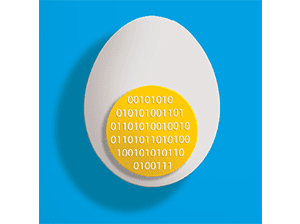The universe is occupied by objects: relatively stable configurations of matter. Objects have physical states, most of which are meaningless. A computer is composed of a large number of objects whose states we can manipulate. We use those otherwise meaningless states to represent data, concepts, and other objects.
These simple observations are at the core of the Concept and Object Modeling Notation, or COMN (pronounced “common”), a graphical notation for modeling data, software, and meaning. COMN is more fully described in the book NoSQL and SQL Data Modeling: Bringing Together Data, Software, and Semantics, by Ted Hills (Technics Publications, 2016). This page is your source for free resources that enable you to use COMN to design and describe data and software.
To keep up-to-date with COMN as it develops, follow Theodore Hills on LinkedIn. See below for training opportunities.
Reference and Stencil Downloads
COMN 1.1 Reference:
COMN 1.1 Stencil:
COMN 1.1 Reference Sheet contributed by Paul Rogers
White Papers
- No E-R: Why Modeling NoSQL Databases Must Go beyond Entity-Relationship Modeling, and How to Get There
- The Hybrid Data Model
- Cardinality, Optionality, and Unknown-ness
Theory
- Three-Valued Logic
- A Systematic Solution to Handling Unknown Data in Databases
- An Approach to Representing Non-Applicable Data in Relational Databases
Online, In-Depth Training
In this Learning Plan, instructor Ted Hills identifies the goals of Data Modeling and prepares you for new concepts using Concept and Object Modeling Notations (COMN). Within the six-course program, you will learn how to represent real-world models based on COMN, model objects within a computer’s memory or storage, and dive into modeling requirements and their expressions in data. By the end of this program, you will understand the differences between SQL and NoSQL and between ACID and BASE, and how to model each in a data-centric organization, whether using a document database or data warehouse.
Each Course Contains:
- A 22- to 71-minute educational training video
- A 16- to 28-question exam
- Materials for each course (made available for download once the exam is complete)
Learning Plan: Modeling NoSQL and SQL with COMN – Six Courses
- Setting the Stage for Modeling Notations
- Modeling the Real World
- Modeling Things Inside the Computer
- Data Modeling
- NoSQL and SQL Physical Data Modeling
- The Common Coffee Shop
Use discount code “COMN” to receive 20% off.
Additional Resources
- Blogs by Ted on The Data Administration Newsletter (TDAN.com)

